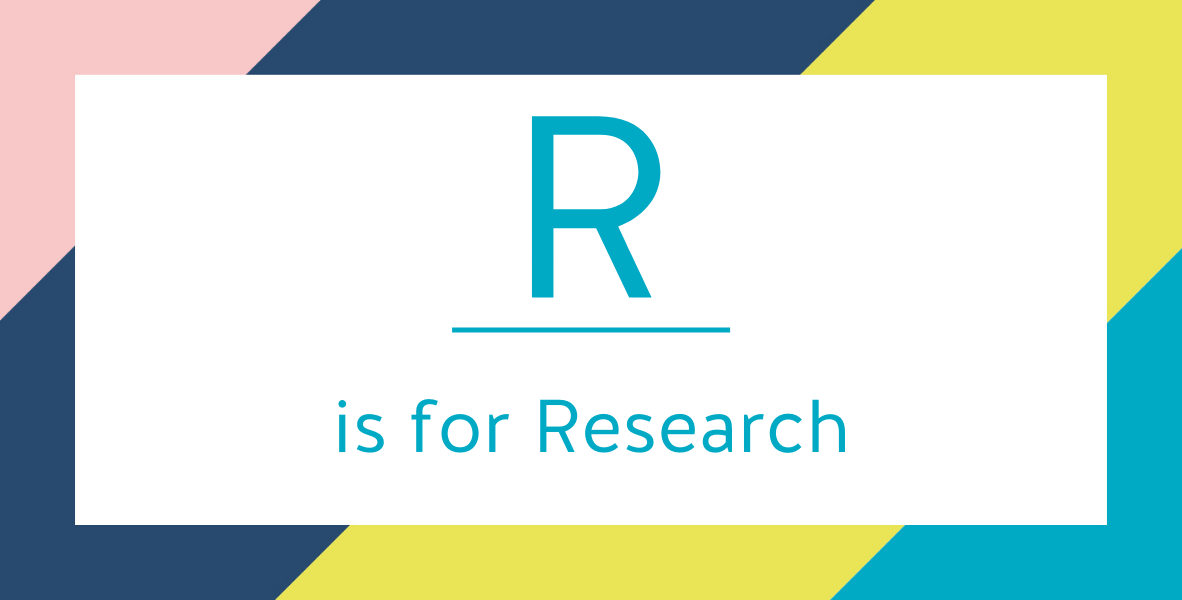If you need to make a big decision then it’s always reassuring to have done some research so you can be confident when deciding what to do. This week’s blog come from our Researcher of choice the lovely Sarah from Matter Communications:
What is research?
The Market Research Society (MRS) defines market and social research as:
“The collection, use, or analysis of information about individuals or organisations intended to establish facts, acquire knowledge, or reach conclusions. It uses techniques of the applied social, behavioural and data sciences, statistical principles and theory, to generate insights and support decision-making by providers of goods and services, governments, non-profit organisations and the general public.”
There are lots of different types of research so let’s break it down…
Secondary Research, which involves identifying, collecting and analysing existing data, reports and insight relevant to your specific issue or business query. This is usually where you start as it’s using information you already have.
This could include:
- Government data
- Academic reports
- Existing internal research reports
- Existing internal data
- External reports
Primary research means generating new data or insights to shed light on a specific issue or business query. It is generally split into quantitative (numerical), and qualitative (understanding, motivations, and attitudes).
Quantitative research is the process of collecting numerical or quantifiable data and statics – the ‘what’.
There are four main data collection methodologies available – online, telephone, postal or face to face surveys.
Because the researcher isn’t always present when the data is gathered it can be a cost effective way to gather a lot of information which can help you to see trends and commonalities. It’s important to work with a researcher to ensure your three key elements are correct when collecting quantitative insight:
- Choosing and obtaining the right sample to use (a ‘sample’ refers to the people you’re gathering data from)
- Using the right methodology to access this sample
- Asking the right questions in the right way i.e. how you design the survey you use to collect the data.
Once you have your survey there are various ways you can distribute it to your relevant sample including:
- Your own data (email, postal addresses etc)
- Your own customer, supporters, donor lists
- Buying in lists
- Free found
- Panels
- Buying into an omnibus survey
- Syndicated data
- Social media
(Survey design is a blog in its own right but you can find 10 top tips for setting up your own survey on my website!)
Qualitative research about gaining a depth of understanding. It explores thoughts, emotions, motivations, and attitudes – the ‘why’ behind the ‘what’.
Again choosing the right sample and the right approach is very important. Qualitative is generally carried out either face to face, via the telephone or online, but changes in digital technology mean there are an ever-expanding number of ways in which you can conduct it:
- Focus groups (on or offline) – a group of individuals recruited against a specific brief, great when interaction with the participant groups will deliver greater insight.
- One on one (face to face, telephone, online) for the discussion of more sensitive subjects or when the audience is harder to reach, or more widely distributed.
- Paired/family/friendship depths where the relationship between individual is relevant.
- Accompanies shops/surfs.
- In-situ intercepts
- Online forums
- Observational (ethnographic)
Make sure you comply with the relevant rules and regulations
The Market Research Society (MRS) promotes the highest professional standards throughout the sector via the MRS Code of Conduct. The code also encompasses the relevant sections The General Data Protection Regulation (GDPR) and UK Data Protection Act 2018. All members of the MRS must maintain these standards so make sure any individual or agency you engage to conduct research on your behalf is a member!
For more information, visit the Market Research Society website.
Making sure your research is accessible
It is important that any research undertaken is accessible to all regardless of age, physical disabilities, or mental health conditions and regardless of the methodology employed be that quantitative or qualitative, virtual or in person.
Further insight into how to build accessibility into your research design can be found on our website.
Hopefully this blog has helped to demystify market research for you, but if you would like any further information or guidance the best ways to approach any future research projects then please email Jo.
Thanks for reading,
Please read S is for Social Media >
Sarah Robson
Director, Matter Communications

